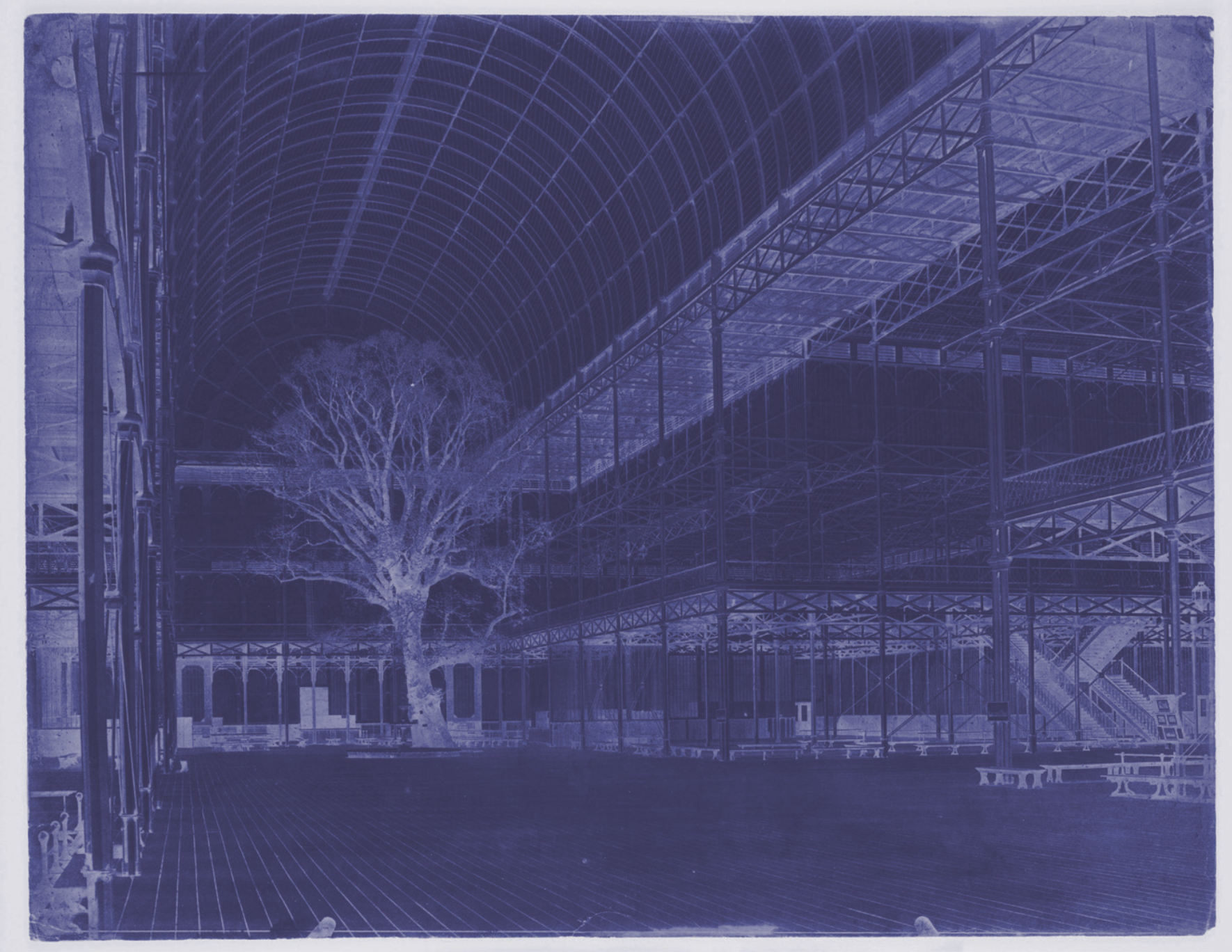Paxton after Paxton
Form as formlessness from dance to architecture
Abstract
In 1851, gardener Joseph Paxton disturbed fully developed assumptions about architecture with his radical building system conceived for the Great Exhibition: the Crystal Palace demonstrated not only that the materiality of construction was bound to deviate into unprecedented paths thanks to the advent of new technologies – such as plate glass and cast iron – but also that modularity in construction, although familiar to Western tectonic culture, could mean fast assemblage and disassemblage. In 1972, choreographer Steve Paxton performed an analogous disorganization of expectations in the sphere of dance with the advent of an unscripted form: the development of Contact Improvisation testified to heterodoxical possibilities latent in the encounter between dancers, a direction that was not current among widely held notions about what constituted erudite dance because it went beyond the prescription of gestures and the predictability of outcomes. Both Paxtons have mobilized thought utterly and irreversibly in their fields for generations to come. This article proposes a transversal interpretation of these revolutionary ways of practice in order to rethink the stance of architects towards the built environment. In this sense, what connects the unrelated transformations brought forth by both Paxtons lies in the conception of form as a recursive structure. Could an approach based on feedback become a robust methodology for architecture in the 21st century? The last part of this article suggests a positive answer to this question, by briefly presenting three contemporary examples that deploy form as formlessness through the work of Lacaton & Vassal, Georges Descombes and Carla Juaçaba.
Downloads

Downloads
Published
How to Cite
Issue
Section
License
Copyright (c) 2025 Antonio Lasalvia

This work is licensed under a Creative Commons Attribution 4.0 International License.
The authors keep their rights upon their work, although they transfer, in a non-exclusive way, the rights of exploitation (reproduction, publication, distribution, public dissemination and presentation) to the Journal. The authors are, therefore, free to enter additional, separate contracts for the non-exclusive distribution of the version of the work published in the Journal (for instance, by hosting in an institutional repository or publication in a book), provided credit is given that the work was initially published in this journal. The works are published under a Creative Commons Attribution 4.0 (CC BY 4.0) license.











